The 2020 Census forms can now be filled out online in 13 different languages so that immigrants are not overlooked. But local officials are concerned that Hmong and Somali — two of the most spoken languages in Minnesota — Hmong and Somali — are not among them.
Every 10 years the nation sets out on a mission to count every resident in the country. The results are key to how federal funding and political influence in the United States are divvied up. Facing the possibility of losing a seat in Congress, Minnesota officials are working to ensure every resident takes part.
“If you are not counted, then there’s no money for you, the government doesn’t know you exist. This means you are in poverty forever,” said Fartun Weli, executive director of Isuroon, a Minneapolis-based organization that helps Somali women.
How big a concern is it? Previous estimates say there are about 48,800 Somali in Minnesota, with more than half unable to speak English well. There are about 73,700 Hmong people in Minnesota, with nearly 40 percent unable to speak English well.
The 2020 Census languages were selected because they are the most spoken in the United States. Along with English, the forms are in Spanish, Chinese, Vietnamese, Korean, Russian, Arabic, Tagalog, Polish, French, Haitian Creole, Portuguese and Japanese. The first six were in the 2010 questionnaire, the last seven were added for 2020.
The Census Bureau hires staff who speak other languages, said Marilyn Sanders, a regional director for the bureau. It also has created online guides in another 59 languages, including Hmong and Somali.
Community members say it’s not enough. The guides still pose a barrier to communities already at risk of being undercounted, which can lead to not receiving adequate resources and representation from the government, they say.
A LOOK AT THE BARRIERS
Andrew Virden, director of census operations and engagement for the Minnesota State Demographic Center, notes the guides aren’t as helpful as they could be. They work like a dictionary that can translate individual words and sentence fragments. Also, they can be difficult for people to find since the Census’ main webpage and mailings sent to their homes are in English.
“I look at the language guides like just handing someone a dictionary and saying, ‘Hey, look it up yourself,’ ” Virden said.
Chris Yang, a coordinator with the Hmong American Census Network, said he agrees that the guides can be hard to understand and at times don’t translate into the other language well.
Yang added that many elderly Hmong people cannot read or write, which adds an additional barrier. Sending someone to the door who doesn’t speak the language adds its own complications, Virden said.
“If a perfect stranger came to your door and doesn’t look like you, doesn’t come from the same neighborhood and doesn’t speak your language, chances are you’re not going to even open the door in the first place,” Virden said. “But if you did open the door, and we can’t communicate and they basically hand you a dictionary, that’s probably not going to get you what you need either.”
Along with the Census Bureau’s hiring of workers who speak other languages, Minnesota agencies and advocacy groups are reaching out in many of the residents’ native languages.
The Minnesota State Demographic Center has placed more than 100,000 phone calls in targeting geographic areas in the state with lower response rates to encourage them to complete the census. Its callers speak languages such as Spanish, Somali and Hmong to help residents learn to complete the forms.
WHAT IT MEANS TO BE UNDERCOUNTED
Weli said the Census not being offered in Somali is one example of how it is rooted in systemic racism.
If these communities are undercounted, they will receive less federal funding and resources for infrastructure and places like schools. They will also have inadequate representation, which can lead to diminished political power, Weli said. It also means there will be fewer translators at public places like city halls or hospitals.
“Dismantling institutional racism starts with the Census,” Weli said.
Virden said areas of the state that are predominantly white don’t have these same issues as they have higher response rates, adding to significant racial disparities.
“When the form is not even available in the language which you speak, is it any surprise that we get an undercount for those people?” Virden said.
On top of not being able to fill out the Census in their native language, Weli said some members of the Somali community may not trust the government and don’t want to disclose information asked for in the Census. They also may not understand what the Census is and why it’s important.
Yang said some members of the Hmong community also distrust the government, especially those who aren’t citizens and fear deportation.
PANDEMIC BRINGS MORE DIFFICULTIES
The ongoing COVID-19 pandemic has posed even more difficulties.
The coronavirus has made the Census less of a priority for community members, who are focusing on getting basic needs, staying healthy and looking after their children, Weli said.
“When COVID-19 hit, the Census went out the window … people were trying to survive,” she said.
Some members of the Hmong community, especially those who are elderly, are even more hesitant to open their door to a Census taker because of the pandemic and fear of getting sick, Yang added.
But the pandemic stresses why it’s especially important that communities of color are counted, Virden said. People of color are at greater risk of having complications from the virus and getting more sick, statistics of the outbreak have shown. An accurate count can make sure the resources they need are in their communities.
___
(c)2020 the Pioneer Press (St. Paul, Minn.)
Visit the Pioneer Press (St. Paul, Minn.) at www.twincities.com
Distributed by Tribune Content Agency, LLC.
—-
This content is published through a licensing agreement with Acquire Media using its NewsEdge technology.



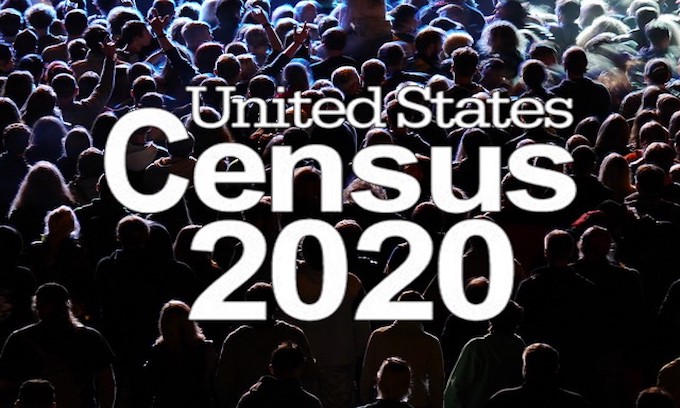
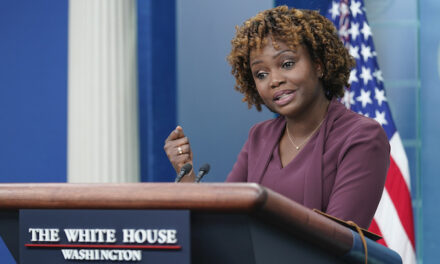
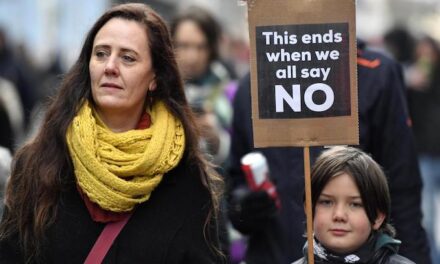
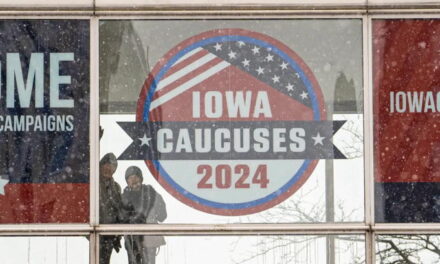







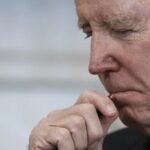




Recent Comments